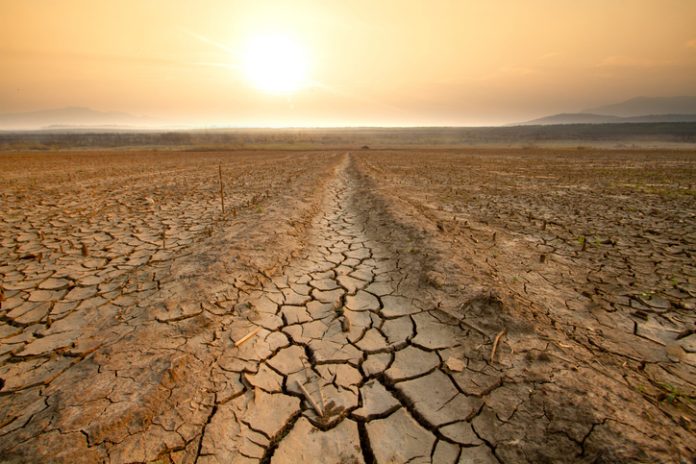Severe dry spells, known as flash droughts, are becoming more intense across the globe, according to a recent study
These droughts, which can appear within weeks, are a growing threat to communities unprepared for their impacts on water and food security.
However, mountainous Central Asia is an exception to this, where the extent of flash droughts is shrinking.
Published in Geophysical Research Letters, the study marks the first systematic, quantitative analysis of flash drought incidence worldwide.
Predicting drought severity
The research team, led by Maheshwari Neelam, a climate scientist at NASA’s Marshall Space Flight Center and the Universities Space Research Association, tracked three critical measures of drought severity: speed of onset, duration, and geographic extent.
Analysing 40 years of NASA’s MERRA-2 climate data, spanning from 1980 to 2019, the study used weather observations, and satellite imagery, and modeled root-zone soil moisture.
The aim was to improve the prediction of flash droughts and improve disaster preparedness.
“For many parts of the world, we saw flash droughts extending over larger areas, for longer time, with faster onset speed,” said Neelam.
We saw flash droughts extending over larger areas, for longer time, with faster onset speed
She noted that in South American watersheds, flash droughts are developing roughly a day earlier each decade and expanding by 1 to 3% annually.
Southern Brazil and the Amazon are particularly affected, reflecting regional deforestation, rising temperatures, and decreasing rainfall.
Hotspots for droughts
The study identified several other hotspots, including the Congo, Angola, Zambia, Zimbabwe, South Africa, Lesotho, and Madagascar. High temperatures are driving the increase in flash droughts more than declining precipitation. Savannas and grasslands, especially in humid and semi-humid climates, are found to be more vulnerable to flash droughts than other landscapes.
The extent of flash drought in Central Asia’s mountainous regions, including the Himalaya Karakoram, Tianshan, and Hindu Kush, has been reduced.
Changes in precipitation patterns, melting snowpack, and a shift from snow to rain have kept the soils moist in these regions. However, these same factors are increasing the risk of flash floods, which have been observed more frequently.
Neelam emphasised the significance of understanding how landscapes respond to natural disasters on a watershed scale, which often transcends geopolitical boundaries. “Natural hazards have no political values,” she said. “This is why we looked at watersheds and not countries.”
“Natural hazards have no political values”
The findings show the need for improved early warning systems that incorporate changing flash drought characteristics into risk assessments and disaster preparedness strategies.
As climate change continues to change weather patterns, the ability to predict and respond to flash droughts will be crucial for protecting water and food resources globally.











